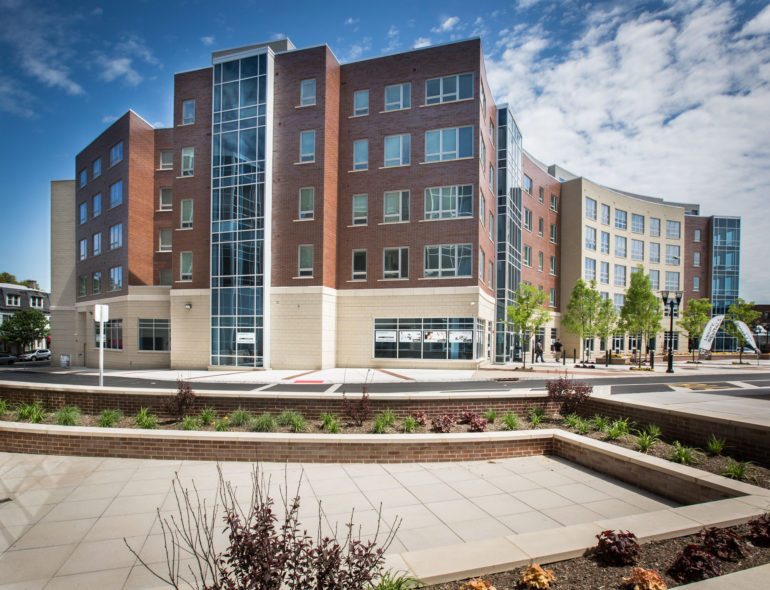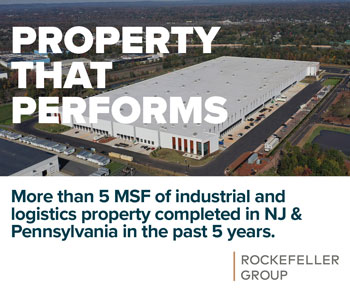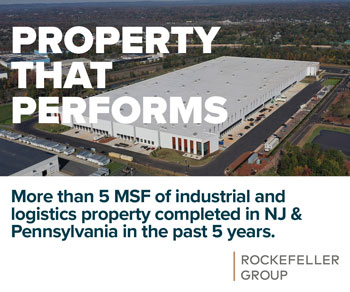Linc at Orange Station, a project by RPM Development, opened last spring with 113 new mixed-income apartments and 24 condominiums. The New Jersey Housing and Mortgage Finance Agency provided about $13 million in financing, along with 9 percent federal Low-Income Housing Tax Credits, which generated about $15 million in private equity. — Courtesy: New Jersey Housing Mortgage and Finance Agency
By Joshua Burd
With a court-ordered overhaul of affordable housing in full swing, there are busy days ahead for Tony Marchetta and the New Jersey Housing Mortgage and Finance Agency.
Not that they weren’t busy already. In the last five years, the HMFA has used tax credits and other programs to finance the production of more than 20,000 homes in the state, including a banner year in 2015 when it funded more than 8,000 low- and moderate-income housing units.
But the prospect of dwindling government resources, rising interest rates and threats to the federal tax credit program make for uncertain times in the development of affordable housing.
And as local governments look for 100 percent affordable projects to fulfill their own obligations, the demand for HMFA’s services could be as competitive as ever.
RELATED: After decades of policy purgatory, is N.J. finally ready to move forward?
It’s a perfect storm that threatens to slow affordable housing production before it ever ramps up.

“You can come up with any number, but without the gap financing that’s needed … the shortfall on the pro forma has got to be filled with something,” Marchetta said in December, speaking at a Rutgers Business School conference on affordable housing. “And if the resources are not there — I don’t care what the number is — the affordable housing will not be built.”
Marchetta has seen the ebb and flow firsthand. The HMFA’s banner year in 2015 was fueled by federal Hurricane Sandy recovery funds and the state Economic Redevelopment and Growth grant program. When both funding sources dried up in 2016, the agency’s output dropped to below 3,000 units.
And there is now uncertainty about what has been one of the HMFA’s most reliable, consistently available financing tools for decades: the federal Low-Income Housing Tax Credit. Marchetta said discussion about a lower corporate tax rate already looks to be weakening the value of the credits, which developers typically sell to investors in exchange for upfront equity.
That impact now looms large in HMFA’s pipeline, Marchetta said, noting that a reduction in tax credit equity “now creates a gap in the capital stack” for an affordable project. While it’s too early to know exactly what the value will be, the prospect is already weighing on the Low-Income Housing Tax Credit market.
Either way, he said the state needs to be “a little more creative going forward in how we attempt to finance affordable housing.” That includes municipal bonds and other gap fillers that might be used to help a town satisfy its obligation.
“If for some reason we lose (the Low-Income Housing Tax Credit), we’re going to have very few tools left to do affordable housing,” Marchetta said. “We do go out and sell tax-exempt bonds, but that’s not the big subsidy that is needed to produce affordable housing, and we’ll be very much reliant on bonus density.”










